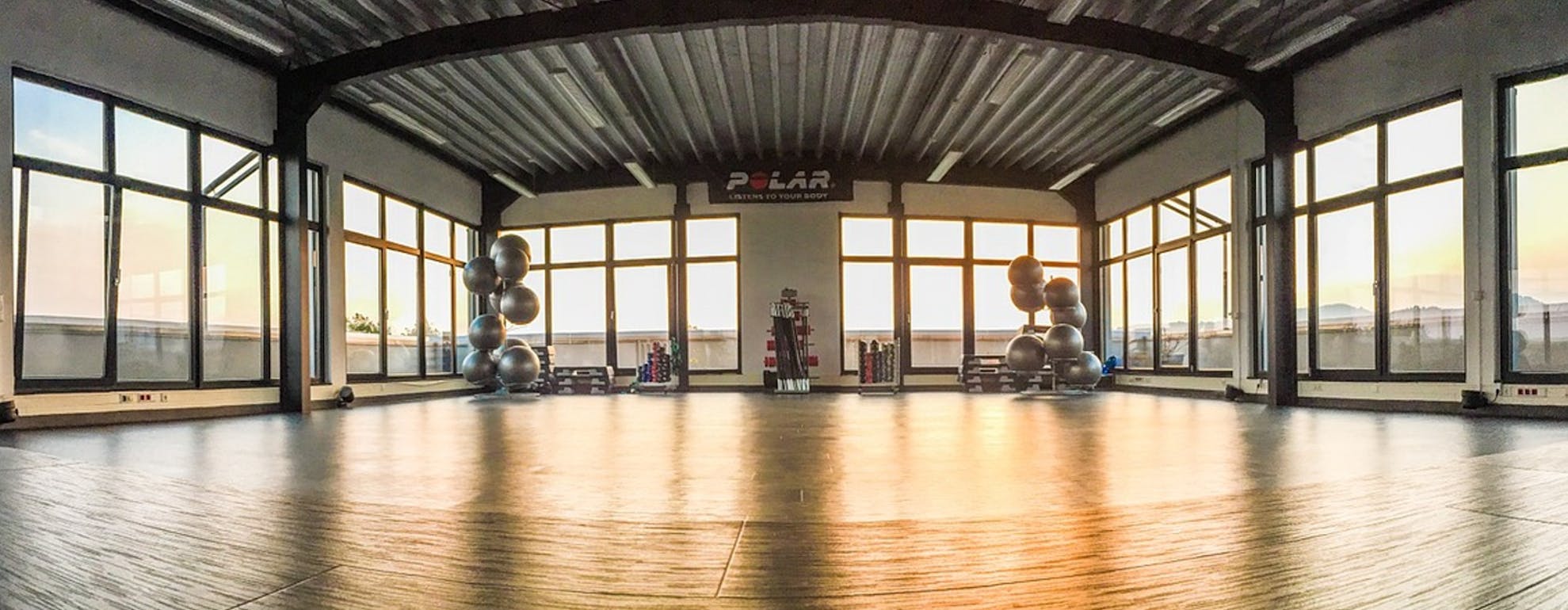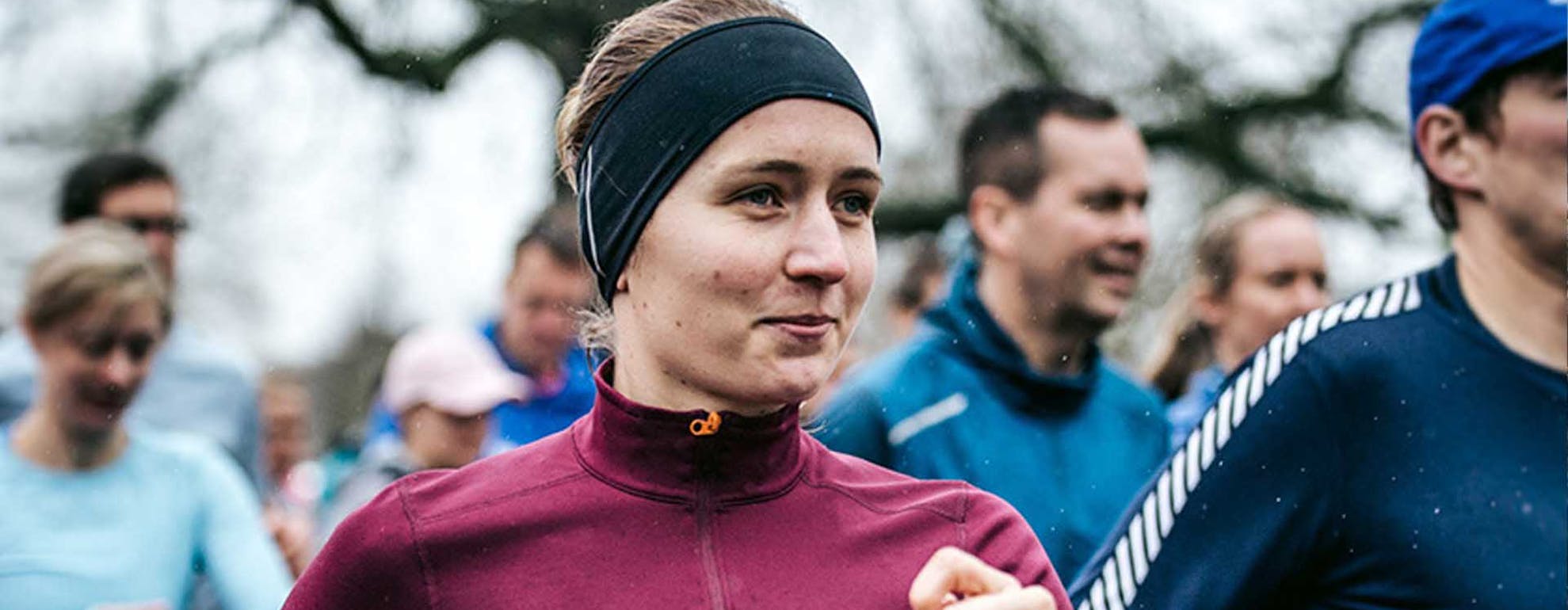
Training
Exercise and Illness
During a recent bout of man flu I questioned whether it was best that I carry on my job of running around shouting at people whilst they workout or whether I should just rest, put my feet up and sit-out my dreadful cold.
Those of you training hard, regularly running outside or working out in the gym towards some kind of goal – whether that be to smash your 5k, 10k or marathon PB or simply to tone-up and feel great – are probably thinking the same: Is it best for my body that I keep training or would it be wiser to take time out and recover?
ㅤ
When and when not to train
Whether you should continue to train or rest-up is dependent on the type of illness and infection and, more importantly, how you feel. Here's some simple guidance:
ㅤ
Cold or flu from the head-up
If you have cold or flu symptoms from the neck-up, such as a runny or blocked nose, inflamed sinuses, sneezing and light headache, then the general consensus is that you can perform light-moderate exercise. Whether you feel up to doing that this is of course up to you.
If you decide to keep training a simple rule of thumb is to train at a third of the intensity you would normally exercise at. However, as mentioned, this is dependent on the severity of symptoms.
ㅤ
Cold or flu from the neck down
Feeling cold or flu symptoms from the neck down, such as a sore throat, chesty cough or wheeziness, should be a warning to to leave training for another day. Rest is important whatever the illness, but when you feel these types of symptoms best to take extra time to recover.
ㅤ
Cold or flu and a fever
A cold or flu bug that brings on fever - known as febrile illness - can result in an increased resting heart rate. This means your heart rate during exercise is also likely to be higher than normal. In this case it's definitely not a great idea to exercise, instead take plenty of time to recuperate.
Whatever the cold or flu bug, make sure to your conserve energy and let the body deal with the illness or you may end up extending the duration of illness.
ㅤ
Using heart rate as a guide
For those, like me, who obsess about heart rates when training, here are more tips to help you decide whether to rest and when/how to get back to training:
Fever will mean a raised pulse. As mentioned before, with a febrile illness (fever) both body temperature and heart rate is increased as part of the body's own action to fight infection. A feverish heart rate at rest can increase from anything between 10-20 beats above normal.
A raised resting rate may mean oncoming illness. Elite athletes often log resting heart rates each morning. A deviation of 10 beats above average resting rate may indicate illness or over-training, either way a definite reason to take time out to rest and recuperate.
Keep the heart rate low when exercising. If there is no fever, and cold/flu symptoms are above the neck and light, exercising within a high heart rate zone still isn't to be recommended. Keep your exercise light to moderate (between 55-69% of maximum heart rate) until symptoms start to improve or, better still, until they disappear altogether.
ㅤ
What's your heart rate zone?
To calculate your own heart rate zones try using one of the online heart rate calculators (www.briancalkins.com/HeartRate is a nice simple one).
As heart rates can be quite variable person to person, use the Heart Rate Reserve approach as shown on the same link (this is also known as the the Karvonen formula); this takes into account how fast your normal resting heart rate is, so gives you a much more accurate prediction of what your heart rate zones should be when exercising.
If you don't have a heart rate monitor, then a simple rule of thumb for keeping exercise in the moderate heart rate zone is whether you can hold a conversation when working out. When exercising at a light-moderate intensity you should feel slightly breathy but still able to talk. If your breathing becomes harder then slow the pace until it eases.
ㅤ
Post-lurgie training advice
If you're like me then you'll want to get back to training as soon as your cold and flu symptoms have disappeared. But how do you know when you're body is ready to start training, especially if your cold/flu was particularly heavy.
If in doubt be cautious. Don't throw yourself into a hard and fast interval or tempo run session on the first day back or you may risk fatiguing the body and delaying the return to training. Start with the easy stuff and build your way back up. The following example on how/when to get back to training is based on symptoms that are light and from the neck-up. If the cold or flu is heavy or from the neck down then take some time to rest, hydrate, eat well and recuperate. I know it's obvious, but remember to avoid the spread of any infection to others by steering clear of the gym and pool.
Take it indoors. If you have a treadmill or bike at home try taking your workout indoors instead to minimise any cold or wet from worsening your symptoms. Avoid heading to the local gym as you don't want to risk spreading the bug to others.
Use your warm-up as a guide. Include an extended warm-up to your workout, between 5-10 mins of very easy pace before you set-off (light resistance levels on the bike and a walk/brisk walk on the treadmill). I know this isn't what your probably used do but itt gives you time to test out how you feel before jumping straight in to moderate intensity exercise. If during this period of light warm-up exercise you start to feel worse (symptoms increase or you feel overly breathless), slow down and go home to recover!
Keep it moderate. After warm-up keep the exercise intensity to a moderate level (55-69% of your maximum heart rate) and go by time not distance - try 20-30 mins of exercise.
Include an extended cool-down. To finish it off it's probably wise to slow down and cool-down for at least 3-5 mins (again easy resistance on the bike or walking on the treadmill).
ㅤ
When to stop
If you feel excessive discomfort or pain, especially chest pain or other pain that could indicate a heart attack (such as pain in the neck and jaw, pain travelling down the arm or pain between the shoulder blades), extreme breathlessness or a very rapid or irregular heartbeat during exercise STOP EXERCISING and SEEK MEDICAL HELP.
ㅤ
Looking for some training tips and advice? Then head over to our Training category where our athletes and experts explain everything you need to know.
Welcome
Welcome to the SportsShoes Training Hub! We’ve teamed up with athletes and experts to bring you the very best advice on how to maximise your workouts and achieve your best results.
Read More
Share this
Featured articles
View All



